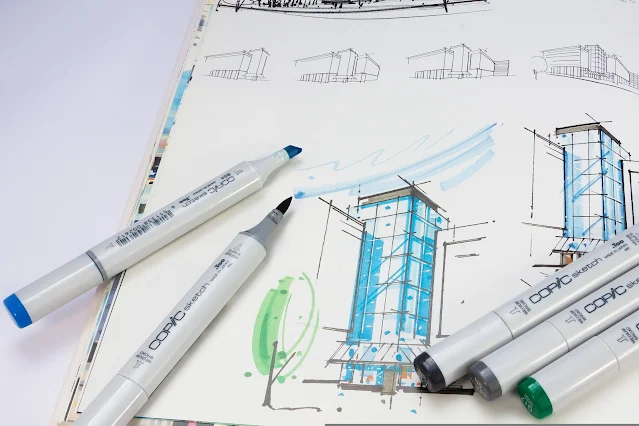You need to be aware of the local construction codes if you're going to build or modify a house. These rules provide the requirements for building design and construction, ensuring that they are secure, energy-efficient, and open to everybody. Everything you need to know about building rules, from their purpose and scope to the particular needs for various sorts of projects, will be covered in this guide. We will also provide you with helpful advice on how to abide by these guidelines and prevent costly errors.
What are Building Regulations?
Building regulations are a collection of rules and specifications that control how buildings are designed, built, and altered in the UK. Local authorities, who have the authority to examine building projects, provide approvals, and apply sanctions for non-compliance, are responsible for enforcing them. Building rules' main goal is to guarantee that structures are both functional for their inhabitants' requirements and safe, healthy, and sustainable.
The scope of building regulations covers a wide range of issues, including:
- Structural stability
- Fire safety
- Sound insulation
- Ventilation
- Drainage and sanitation
- Energy efficiency
- Accessibility
- Conservation of fuel and power
- Electrical safety
- Glazing safety
- Construction materials and methods
Different restrictions could be applicable depending on the project's size and kind. For instance, a modest household addition might just need to abide by the criteria for structural stability, but a sizable commercial structure would need to do so.
Why are Building Regulations Important?
The importance of building rules cannot be overstated. They prioritize safeguarding the health and safety of the building's residents. Building codes lower the danger of mishaps, injuries, and diseases by ensuring that the construction is sturdy, fireproof, and well ventilated.
Second, building codes encourage sustainability and energy efficiency. Regulations assist to minimize carbon emissions and cut energy costs by mandating that buildings be built with energy-saving features including insulation, effective heating systems, and renewable energy sources.
Building codes are also necessary to make sure that buildings are usable by people of all ages, abilities, and disabilities. This entails providing wheelchair accessibility, accessible restrooms, and other amenities so that individuals may live and work in the structure securely and pleasantly.
How to Comply with Building Regulations?
Although adhering to building codes can be a difficult and time-consuming procedure, it is crucial if you want to avoid fines and make sure that your structure is secure and legal. Here are some helpful hints to guide you through the procedure:
1. Seek Professional Advice
It is crucial to consult a competent architect, engineer, or building surveyor before beginning any building work. They can help you design and plan your building in accordance with these standards and can advise you on the specific requirements that apply to your project.
2. Obtain Building Regulations Approval
After you have a building design, you must get your local authority's permission for the building requirements. In order to do this, you must provide comprehensive blueprints and specifications along with payment. The local government will then check the construction at several points to make sure it adheres to the authorized plans.
3. Choose the Right Materials and Methods
It's crucial to pick techniques and materials for your construction project that adhere to the necessary laws. This entails the use of fire-resistant materials, suitable insulation and ventilation, as well as the safe and proper installation of electrical and plumbing systems.
4. Ensure Safe and Accessible Design
